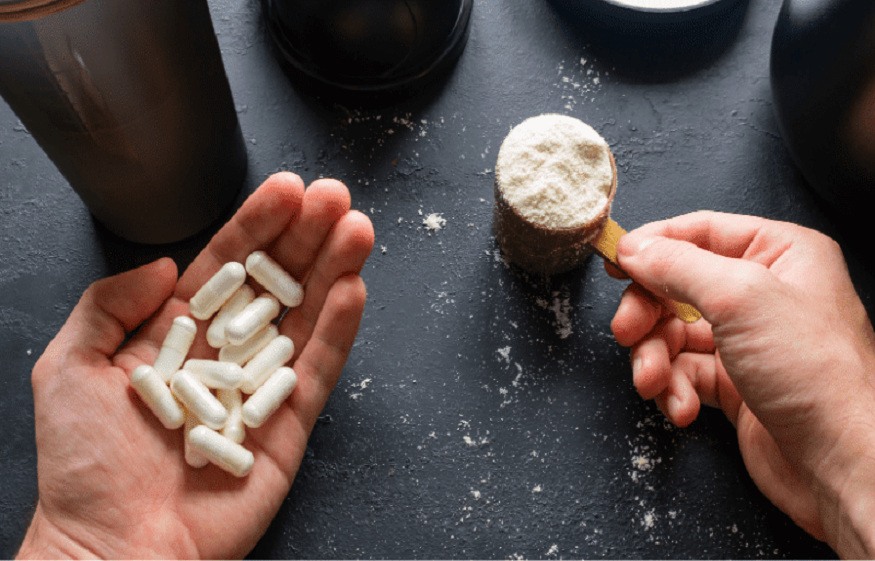Most quality problems emerge when transitioning from producing small batches to full-scale production. Something that worked great when you were filling fifty bottles can completely fall apart at five thousand. Keeping every batch the same becomes your biggest headache as you grow. The smart move? Put solid systems in place before you scale up, not after things start going wrong.
Running a large operation is a different game than small-batch work – you can’t just do more of the same thing. Getting ahead of consistency challenges through rigorous supplement testing protocols, standardized procedures, and quality control systems prevents the expensive disasters that tank growing supplement companies.
1. Standardize Every Single Process
Write down absolutely everything. Every ingredient measurement, mixing time, temperature setting, and equipment setting – document them all in standard operating procedures (SOPs). What seems obvious to whoever made the first successful batches isn’t obvious to third-shift workers six months later.
SOPs should be detailed enough that someone with basic training can follow them exactly and produce identical results. Include photos or videos showing proper techniques. Specify equipment settings numerically rather than terms like “medium speed” that mean different things to different people.
Review and update SOPs regularly as you discover improvements or identify problems.
2. Raw Material Specifications and Testing
Ingredient variation causes most batch inconsistencies. The same ingredient from different suppliers – or even different batches from the same supplier – can vary significantly in potency, moisture content, particle size, and other properties affecting final products.
Get specific about what you want in every ingredient. Instead of just ordering “vitamin C,” spell out the particle size you need, how much moisture is okay, the potency you’re after, and which sources work. Test every shipment before you use it. And here’s the thing – if an ingredient doesn’t meet your specs, send it back.
3. Equipment Calibration and Maintenance
Equipment drift causes subtle but significant batch variations. Scales lose accuracy, mixers slow down, and temperature controls become less precise. These small changes compound into noticeable product variations.
Implement strict calibration schedules for all equipment. Scales, thermometers, timers, mixing equipment – everything gets calibrated regularly using traceable standards. Document calibration results and investigate any equipment showing drift before it affects production.
Preventive maintenance prevents equipment failures, causing batch problems. Worn mixing blades don’t blend as effectively. Dirty equipment introduces contamination. Failing temperature controls affect ingredient stability. Regular maintenance catches these issues before they impact products.
4. Environmental Controls Matter More Than You Think
Temperature and humidity variations affect many ingredients and processes. Hygroscopic ingredients absorb moisture from the air, changing their properties and weights. Some ingredients degrade at higher temperatures. Powders flow differently in humid conditions versus dry ones.
Control production environment temperature and humidity within tight ranges. Monitor continuously and investigate any deviations immediately. Climate control costs money but batch consistency problems cost more.
Seasonal variations require attention, too. Same procedures might work perfectly in winter but cause problems in humid summers. Adjust processes seasonally if needed rather than accepting batch variations.
5. In-Process Testing Catches Problems Early
Don’t wait until products are packaged to discover batch problems. Implement in-process testing at critical points throughout production. Test ingredient blends before encapsulation. Verify capsule fill weights during production. Check intermediate products at every stage.
In-process testing identifies problems while you can still correct them. Catching blend uniformity issues before encapsulation means you can remix rather than scrapping finished capsules. Real-time monitoring of critical parameters prevents entire batches from going off-spec.
Conclusion
Making supplements on a large scale makes it difficult to ensure that each batch is of the same quality. Strong protocols, meticulous ingredient inspections, properly maintained machinery, appropriate environmental controls, appropriate testing, and accurate documentation are all necessary. It takes work and money to set up all of this, but the effort is worthwhile.
The alternative – dealing with batches that don’t match, angry customers, regulatory problems, or worse, recalls – costs way more in the long run.





